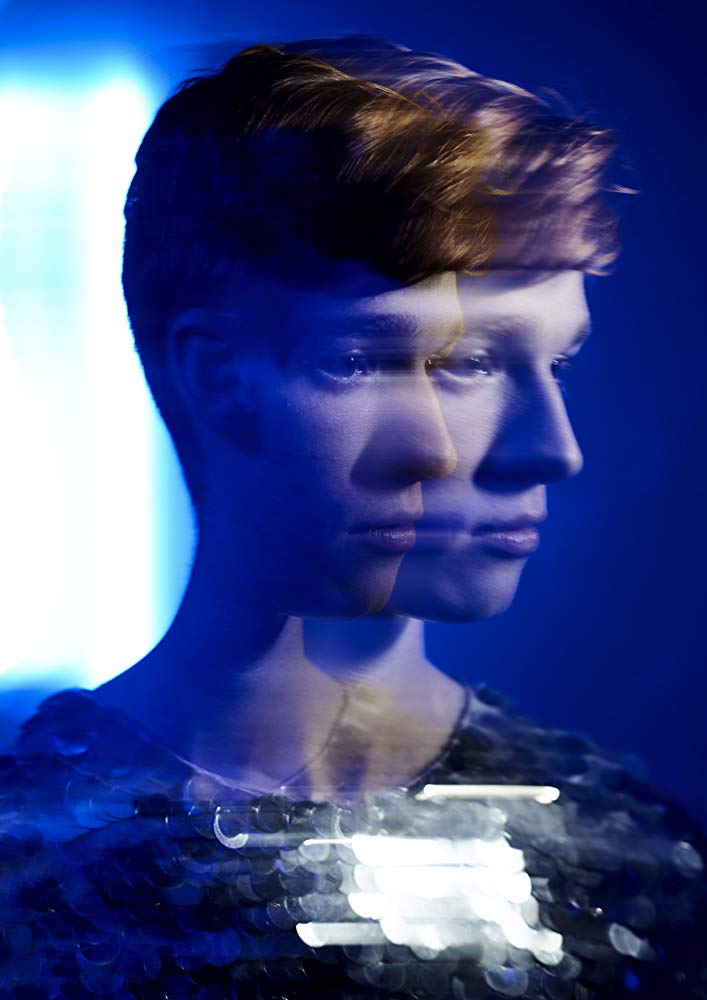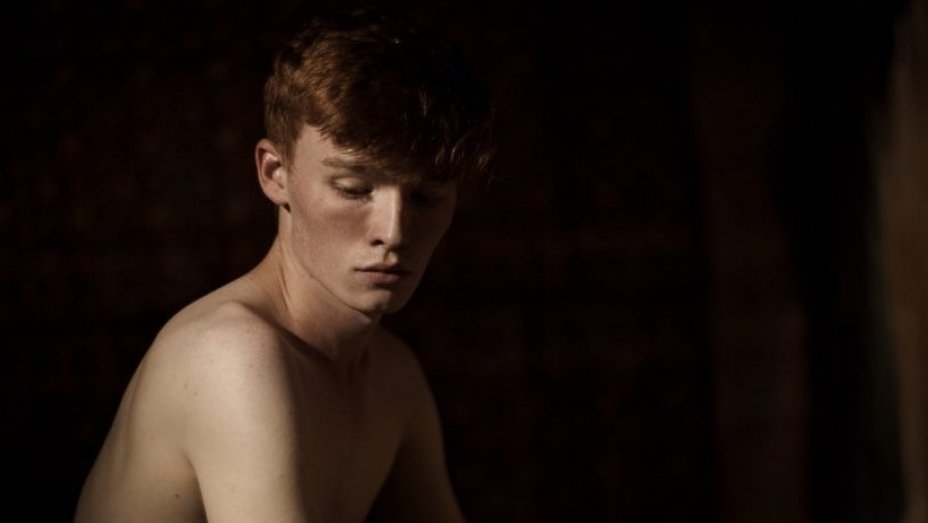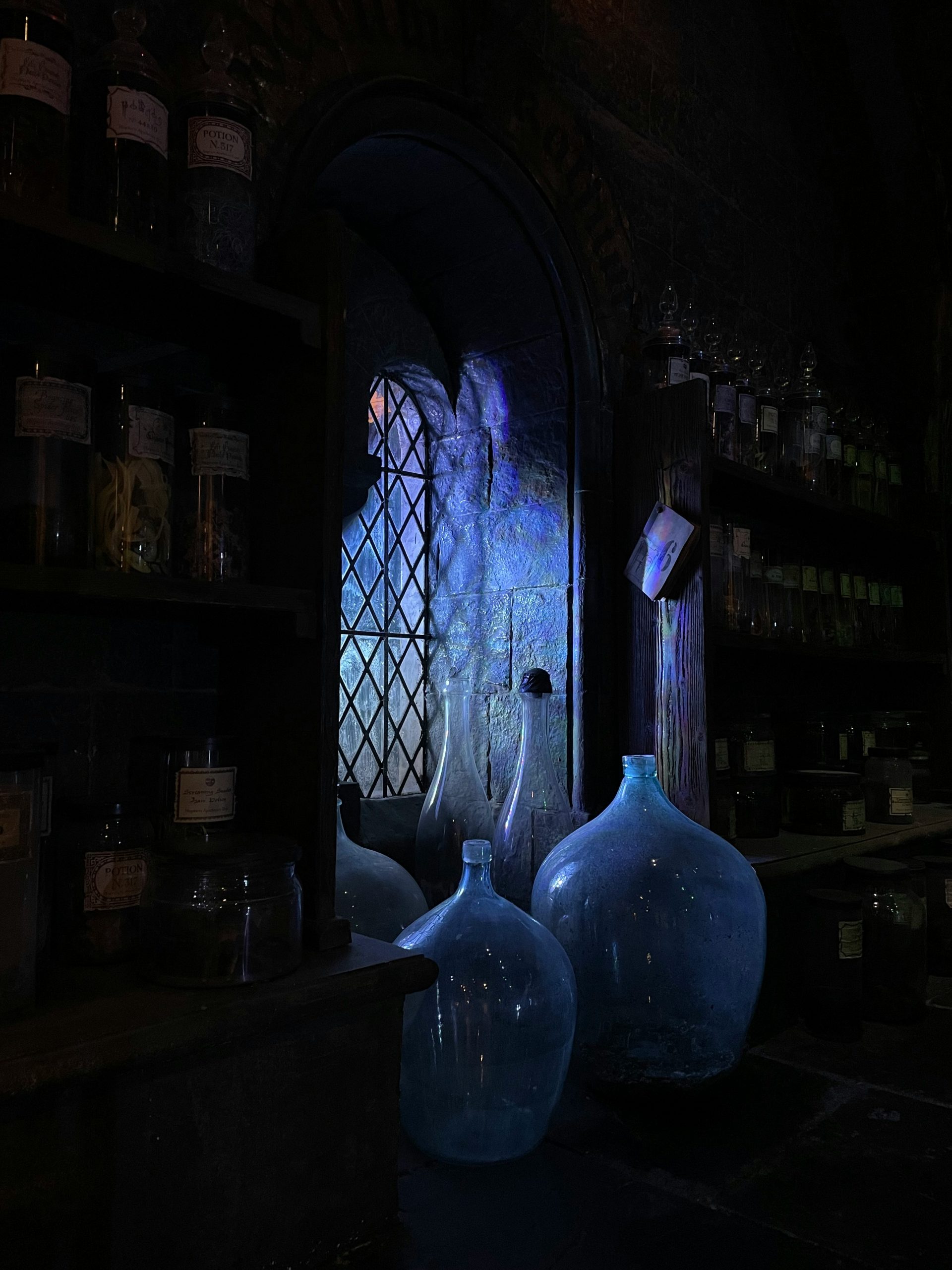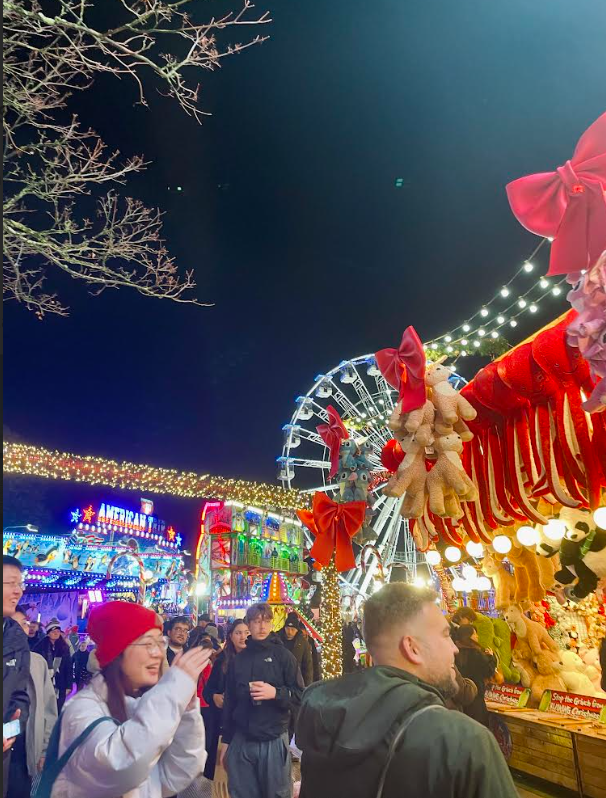By Cynthia Vera
Appearing in his first film, fresh faced Conor Leach is quietly fascinating at the film’s core. Sequin is confident yet he’s hardly the chatterbox, but the actor is ever so expressive; capturing both the character’s sulking self-assurance and lingering anxiety. Newcomer Leach comes up in full force, oozing confidence, it’s almost intoxicating. Here’s what Conor Leach had to say about his experiences with the film, representations of queer identities and future of Queer Cinema.
You gave such a natural and great performance as the lead; I was surprised to hear that it was your first acting role in a film. How did you get started with acting?
Thank you so much! My first acting experiences were in community theatre in Brisbane, Australia, where I grew up. When I was 10, my singing teacher encouraged me to audition for Kurt in The Sound of Music. I became kind of obsessed, performing in musicals like Oliver, Les Mis and The Boy from Oz, and eventually moved into plays and experimental theatre. In Year 10, I transferred to an arts high school and after graduating, I moved to Melbourne to study at the Victorian College of the Arts. It was a hugely intensive three years of acting and theatre-making. I feel very fortunate to have had that training; I adored every second and it cemented my love for the profession.
What did you do to prepare for this role?
What struck me when I first read the screenplay was how bold and autonomous Sequin is in his decision-making, and that he never feels the need to explain himself. The bulk of my prep was creating a detailed backstory for him, so that I could understand how he’d become this way. I wanted to know his memories, secrets, needs, triumphs, hardships, what his childhood bedroom looked like, who his friends and enemies are, where his mum is. I feel I can only find my feet in a role when I’ve developed an imagined basis. Sam, the film’s director, gave me a lot of freedom in this regard, meaning I could make the character personal to me based on the clues peppered in the text. After filming, we finally discussed our conceptions of Sequin’s life and they differed pretty wildly! He was so generous to allow me to make it my own.
Sequin also doesn’t say a lot. He knows when to use silence to his advantage. As much time as I spent looking at the words, I also looked at what each silence meant, what actor or through occupied these moments. The screenplay was constructed so precisely that I wanted to honour every moment of it. I also made choices about how he carries himself, when in private and when being seen, how he breathes, his internal tempo, how he looks at people ÔÇô I tried to apply physical techniques that we explored in drama school. Beyond the script, I also talked with people whose experiences align with the character’s, which showed me just how honest and resonant the story is.
Can you tell me a bit about your experience on set?
It was the most challenging and invigorating creative experience I’ve had. Coming from theatre, I had to adapt to a new way of working, doing scenes out of chronological order, the repetition of takes and so on. I found it extraordinarily difficult to veer from my typical preformative instincts. Fortunately, I was surrounded by some incredible Aussie actors ÔÇô to name a few, Anthony Brandon Wong, Jeremy Lindsay Taylor, Patrick Cullen, Ed Wightman, Damian de Montemas and Simon Croker. I learnt from each of them every day ÔÇô and from the whole crew. It was so enriching to collaborate with a bunch of young artists working exquisitely to realise Sam’s vision, which he articulated so clearly. As a result of the highly collaborative atmosphere, I felt safe to go where the script needed me to go. And working with Sam means you’re in the safest hands. Even though we were short on time, short on money, Sam made me feel safe to experiment, play and fail. He wants to see everyone’s offers, foster everyone’s creativity, he wants to be in the dirt solving problems with you. We worked especially closely on the scenes where Sequin is on his own, messaging someone. Those were easily the toughest to shoot ÔÇô camera inches from my face, having to react to messages that weren’t actually coming in. After each take, we’d watch playback and critique, so that Sequin’s internal journey could be conveyed as precisely as possible. So, so difficult!

What was the most appealing thing about Sequin’s character? Are there any aspects of Sequin you see in yourself?
I’d just never read a teenager written like this, let alone a queer teenager. His agency, his efficacy, his self-assurance. When I was 16 I’d turn things over in my mind endlessly before making a decision. I was blown away by how many active choices he makes, how he embraces danger. It was exciting to inhabit that. I also had a lot of fun exploring how mean and dismissive he can be, especially to people his own age like Tommy. When he doesn’t have time for someone, he doesn’t bother with pretence.
Something that resonated with me instantly was his need to appear resilient, especially in front of his dad. I definitely felt that need around people when I was his age. At 16 it can be a very particular, deep-seated impulse to conceal vulnerability. Being able to relate to that side of him was helpful for getting into the more climactic scenes. And above all, Sequin’s core need is to be wanted and loved, which I think is pretty relatable.
It seems as though Sequin uses sex as a filler for loneliness, it’s a form of mindless consumption for him. What do you think the film is trying to say about sex and relationships?
To me, the film is about a boy trying to find his way out of isolation ÔÇô about how we deserve to love and be loved. And I think that’s what the film advocates. It’s refreshing that the story doesn’t punish Sequin for his queerness or for having a sex life. It’s the toxic, exploitative people he encounters who complicate his journey. In that way, it’s a very sex-positive film. It doesn’t advocate a particular way of finding happiness; it’s just a study of how this boy does.

This film feels like it’s almost rebelling against formulaic representations of queer identities. Sequin is someone who totally comfortable with his sexuality. It’s not something for him to reveal or try to come to terms with it. It’s not integral to his character development or the story itself. It’s very refreshing and quite empowering.
I completely agree and I love that about it! It’s a film with a queer character at the centre that isn’t necessarily about being queer. It’s not about shame, coming out, oppression. Stories about those things are definitely vital, but it’s also crucial to have stories about queer people comfortable in their skin, succeeding in their endeavours. I think art has a duty to represent not just how the world is, but also how the world should be. In that sense I hope that young people, queer-identifying or not, can watch Sequin and be inspired.
How do you think Queer Cinema is changing the landscape of mainstream cinema and ideas of representation?
I still get frustrated at how superficial mainstream cinema’s depiction of queer people can be. It’s especially irritating when a character’s queerness seems to be their only defining feature. But in the last five years, I’ve noticed queer cinema giving its characters freedom to be many things ÔÇô successful, ambitious, innocent, corrupt, problematic, reprehensible. And why can’t queer characters be this varied? Films I’ve seen recently that follow this trend are Matthias and Maxime, Carol, Moonlight and The Intervention. I see it in TV as well. There’s still work to be done, but I think mainstream cinema is starting to humanise and complicate its representation of queer people more, in response to queer filmmaking. At the very least, it’s becoming more inclusive.
What do you think you think the future of Queer Cinema looks like?
I really hope for more diversity, in front of and behind the camera. You only had to look to the audiences and films at Iris Prize, to see that people want stories about queer people of all ages, sizes, ethnicity, sexuality, gender expressions, abilities. For instance, I identify as bisexual, and I don’t see a lot of accurate, progressive representations of bisexuality on screen. Moreover, and I’m starting to see this happen more, I think the industry needs to allow queer people to be in command of telling their own stories. Mainstream cinema has tended to corporatise queer stories at the helm of straight people. Representation isn’t just about the characters we see on screen: it’s about seeing minority artists working visibly in the industry.
Above all, in the future, I hope that queer cinema will just be considered cinema!
For a full review of Sequin in a Blue Room
- Instagram:@quenchfilm
- Write for us: email filmtv@quenchmag.co.uk or join the Facebook group where all pitches are posted
- Our articles: Film & TV



